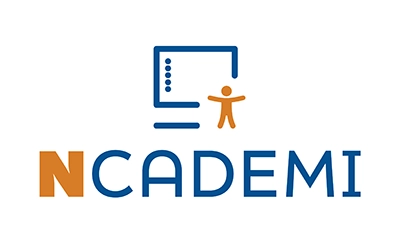Captions

Overview
Captions display spoken dialogue and other important audio information, such as speaker names, sound effects, and music, in text synchronized with video.
Why Quality Captions Matter
Captions are essential for many students who are deaf or hard of hearing to comprehend audible content in videos. They also aid in language learning and content comprehension, especially in noisy environments or when audio can’t be accessed. To be effective, captions must be accurate, well-timed, and use correct grammar and punctuation.
Tips for Success
- Choose and procure videos with high-quality captions that can be turned on or off. These are called “closed captions.” “Open captions” cannot be turned off.
When creating or editing your own captions:
- Include more than just spoken dialogue when creating captions. Capture other meaningful audio like sounds effects and identifying people speaking offscreen.
- Break caption lines at natural pauses or punctuation to improve readability and comprehension.
- Review and edit automatic captions to ensure they are complete, accurate, and well-timed.
Quality Captions Applied: Creating a Welcome Video
Mrs. Okediji plans to record a video welcoming her high school senior students to her literature class. She will record the video on her phone and put it on the school learning management system (LMS) for students to view before their first class.
Mrs. Okediji doesn’t plan to write a full script for the video, but she does have a few notes to be sure that she introduces herself and discusses her expectations for her students. She records a seven-minute video and uploads it to YouTube, which automatically drafts a caption file. Because there are errors in the automatic captions, Mrs. Okediji takes 10-15 minutes to correct the mistakes in YouTube. Lastly, she shares the captioned video in her LMS for her students to view.

For Kelsea, who has auditory processing disorder, video captions are an effective way for her to understand spoken words in videos. She relies on closed captioning when she streams her favorite shows and content. When she plays Mrs. Okediji’s welcome video, she clicks on the “CC” button to display the captions. Now, Kelsea can start class with the same information about the instructor and the class as her peers.
